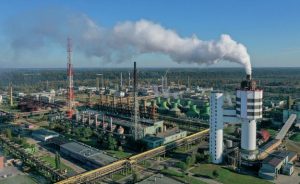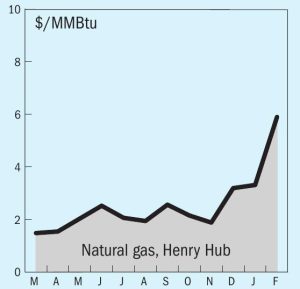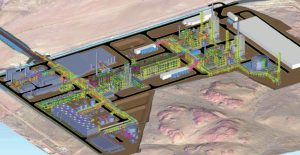
Green ammonia project ‘paused’
Spanish company Ignis has decided to pause work on the renewable energy generation projects it had planned in Chile’s Magallanes region. In a press statement, Ignis said that: “even though we firmly believe that this industry will develop and mature, the company is considering a longer time frame than initially planned and a reduction in the project to adapt it to this new reality.” The company was developing a wind farm to supply the green ammonia plant with hydrogen, but reportedly found the process of leasing the land area to build the turbines slower and more difficult than it had hoped.








